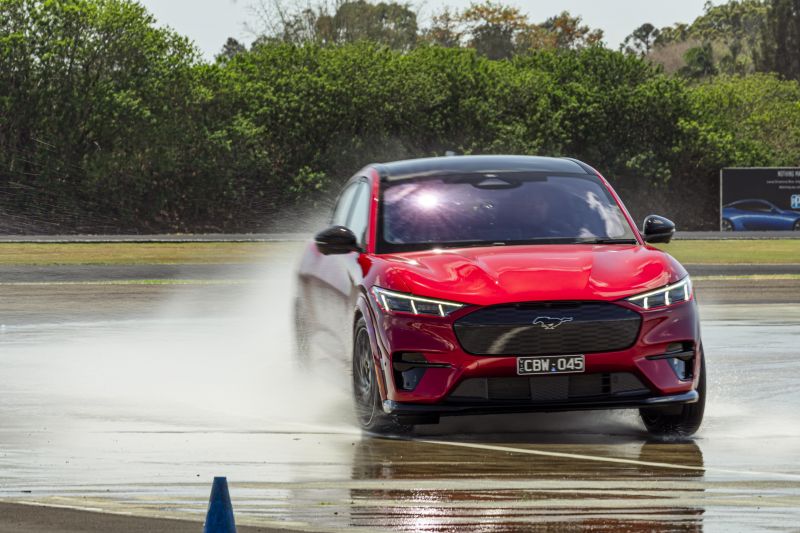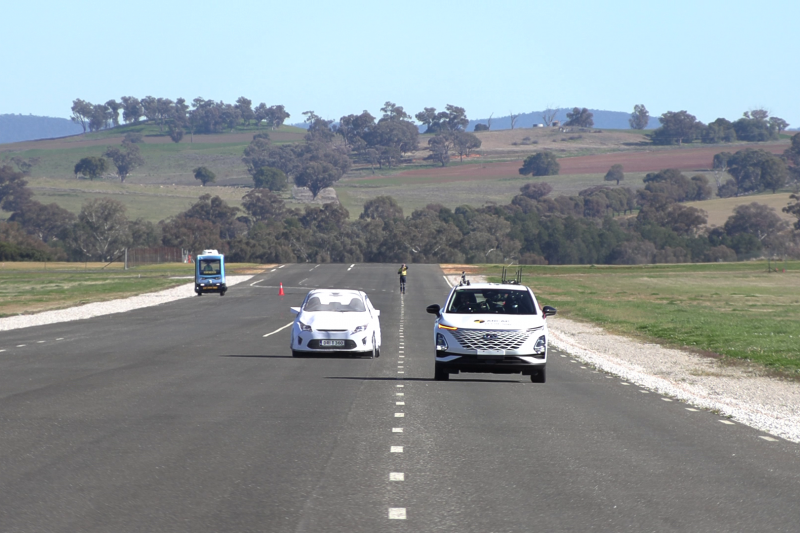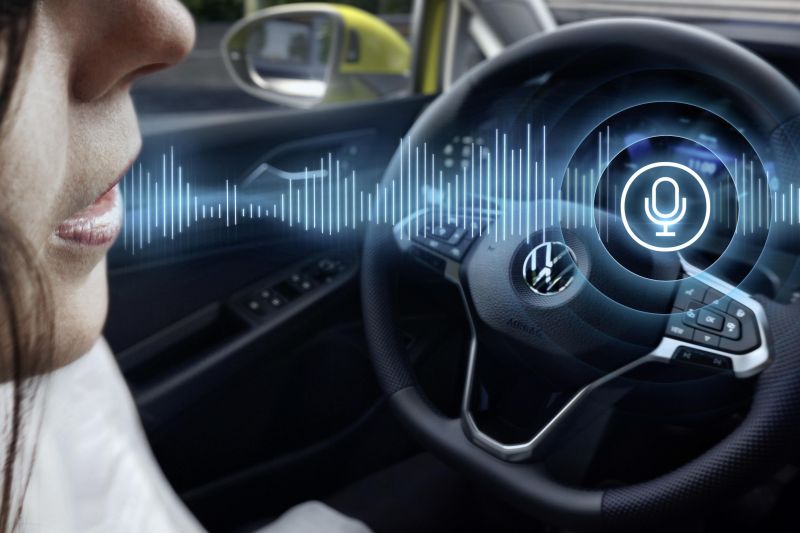Electrification, stock shortages, bigger screens – these are just some of the automotive trends we’ve seen in recent times.
But do all of them have a place in the current landscape? Some do, and some don’t.
Here, the CarExpert team discusses the trends we’d like to see laid to rest in 2024. Let us know what your pet peeves are in the comments!
Scott Collie: “Safety” systems that don’t work
I said this last year, and I’ll say it again next year if things don’t get better. Overzealous, under-developed active safety systems need to get in the bin.
Most brands are guilty of this in some form, but it’s a common thread across the newer Chinese brands… and anything wearing a Hyundai or Kia badge. The latest Hyundai and Kias, for example, beep at you every time you break what they think is the speed limit – even if they’re wrong, usually in a school zone outside of school hours.
If you’re doing 61km/h in a 60 zone, they beep. If you drop from 61 to 59km/h, and then drift back to 61km/h, they beep again. Thank god the lane centring system in the Kia Seltos we had recently was so aggressive, had it let me I would have driven it off a cliff to stop the incessant beeping.
Don’t get me started on the driver monitoring system in the GWM Tank 300 Hybrid we had recently, which would beep and flash up a message in the cluster if you so much as breathe the wrong way, and then have even more of a fit when you took your eyes off the road to read the condescending warning it was flashing.
It’s utterly infuriating, and recent moves to make it easier to turn these systems off by brands haven’t solved the fundamental problem – you can’t leave them off permanently thanks to the car world’s helicopter parents at Euro NCAP, and their dutiful lapdogs at ANCAP.
Instead, you’re forced to take your eyes off the road (safety first!) to find whichever sub/sub/sub/sub/sub menu is responsible for the systems, and turn them off every single time you start the car.
William Stopford: Bongs that won’t shut the *BEEP* up
Driving a Hyundai Kona the other week, I had the cruise control set to 80km/h and going downhill the car hit 81km/h. And Hyundai’s insufferable overspeed warning chimed.
I’m sorry, what? You can’t keep the car to a set speed, and you decide to chide me?
Hyundai Motor’s overspeed chimes are by far the absolute worst of a bad bunch. Allegedly serving some asinine European regulatory requirement conceived by bureaucrats who probably don’t even drive, these alerts serve to scold you for daring to go even 1km/h over the posted speed limit.
Oh, and in the case of vehicles from brands like Hyundai and Chery, the overspeed alert defaults to on. And to turn it off, you end up turning off the entire traffic sign recognition system.
These speed alerts also often rely on data gathered by the vehicle’s camera, and I’ve yet to see a traffic sign recognition system in a car that’s right 100 per cent or even 90 per cent of the time.
Driving through a school zone at midnight at the regular speed limit? Ding! Driving past a highway off-ramp? Probably another ding! Ding ding ding. Everything’s a ding.
Just shut up already.
Jade Credentino: Price rises on price rises
New model, new premium pricing. Brands these days are using new models, particularly new electric cars, to jack up prices.
Most brands that began selling electric cars were luxury brands, which made sense given the technology was expensive.
However, now the technology is more broadly accessible, it seems it’s being used an excuse for some brands to try and position themselves as premium as well.
Take the Ford Mustang Mach-E for example. While Ford’s vehicles are not traditionally known for the best value, the Mach-E pricing in Australia is ludicrous. It should compete with much cheaper vehicles, featuring both petrol and electric power.
More competition should make for better pricing, but it seems everyone is playing the same game at the moment and consumers are the big losers.
Paul Maric: “Safety” systems that don’t work
Redundant and annoying safety systems need to be banished.
Scaremongering by taxpayer-funded safety bodies like ANCAP are forcing car brands to come up with safety systems that do the opposite of their intended purpose because they are always switched on.
We are talking about poorly tuned driver distraction systems, overactive lane-keeping assistants, and speed sign recognition systems linked to audible warnings.
They are all required for five-star safety ratings, but very few of them actually work as intended.
Tony Crawford: The death of real buttons
The end of real buttons is more annoying (and distracting) than the incessant door-bell chimes, or the daily wrestling match with lane-keep assist before you end up finding the kill switch.
What cohort of brain-dead engineers and designers made the decision to throw away the functionality of buttons, dials, and knobs and replace them with infuriating taps on touchscreens?
That’s only if you can find the bloody sub-menu of the sub-menu of the sub-menu. I just want to turn the damn volume down, so I can hear what the navigation is saying.
And then when the mercury hits 45 degrees and you climb back into your sweltering SUV, desperate to lower the temperature before you combust there are no buttons, no dials, and the vents don’t move.
In what world does any of this make sense?
Thankfully, I’m not the only voice against this misguided design-led insanity and the global backlash has already started to have its effect.
We like clean lines and a minimalist look inside our vehicles, but for crying out loud leave us volume knobs and air-conditioning dials so we don’t have an accident trying to find the correct sub-menu.
James Wong: More money, less choice
Ever-increasing prices and ever-decreasing choice.
Things are getting more pricey and available options less diverse. Stop it now.
Jack Quick: Chatty cars
I have never found a voice assistant I truly liked, or have used on a regular basis. They’re typically clunky or misinterpret what I say.
This is why I hate that carmakers are skimping on the number of buttons for certain features and making them ‘more easily accessible’ through a voice assistant.
I’d much rather push a physical button to turn my heated steering wheel on, for example, than dig through a number of menus or ask some random voice assistant to do it for me.





